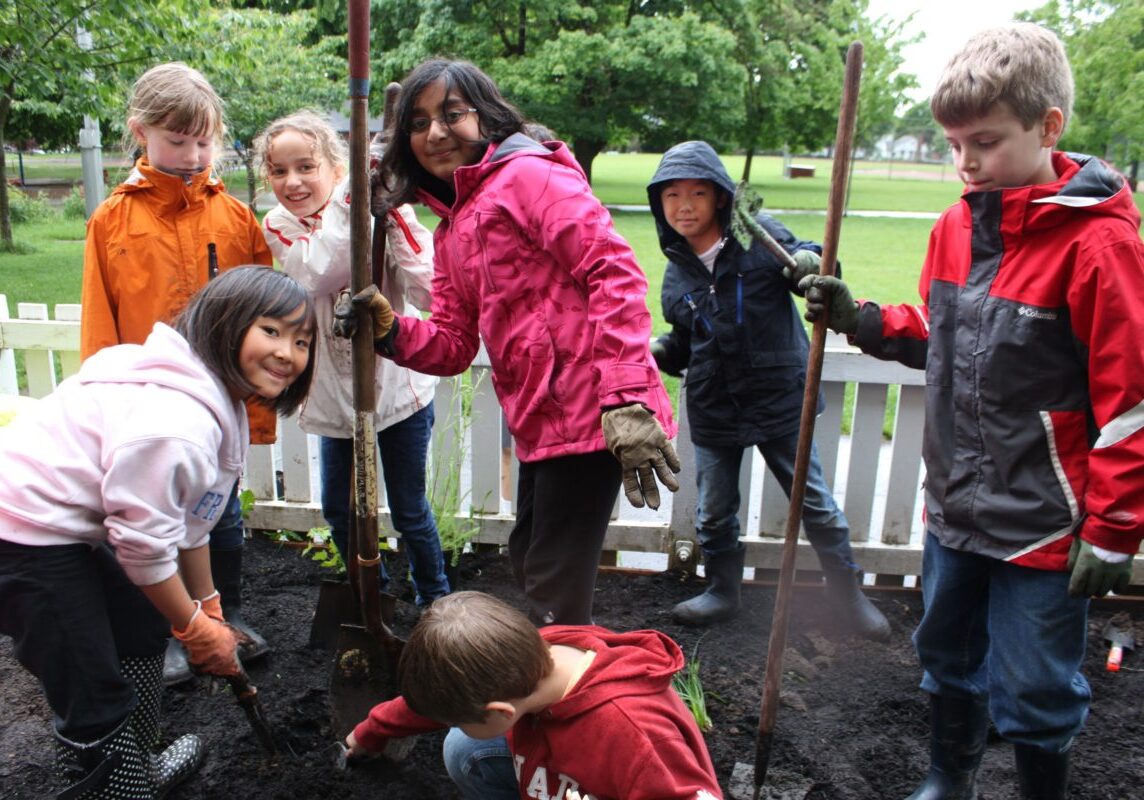Services
We can help you support and improve water and air quality, soil health, and fish and wildlife habitat—whether you live on a farm, in a suburban neighborhood, or an urban apartment.
-
Urban Conservation
From large neighborhood projects to schoolyards, to ideas for small container gardens.
Learn more -
Farm Conservation
We help farms build healthy soil and pastures for horses and livestock. We also help improve habitat for beneficial pollinators and other wildlife, and conserve and protect water.
Learn more -
Forest Conservation
We can provide strategies that you can use in your forest to increase its health, biodiversity, connectivityConnectivity the degree to which patches of landscape are connected, either helping or impeding animal movement and other ecological processes like the flow of water or dispersal of seeds, and resiliency.
Learn more -
Rural Habitats Conservation
We enable landowners and managers to build and maintain healthy rural habitats, whether that’s Oregon white oak woodlands and savanna, native prairie, pollinator hedgerows, or others.
Learn more -
Streams & Wetlands
We help landowners and managers to conserve and restore riparian areasRiparian areas The land alongside a stream, creek, river, or floodplain and wetlands to improve water quality, wildlife habitat, reduce erosion, and the improve the condition of the land. We also help land managers evaluate what their site needs and access appropriate resources.
Learn more -
Invasive Species Management
We can help you determine whether you have high priority weeds, and how to eradicate them.
We also directly treat high priority Early Detection Rapid Response weeds, and can help you develop a conservation plan or active restoration project.
Learn more -
Education & Outreach
We provide education to adults and children to improve land, woods, pastures, and gardens. Our popular Soil School is held each spring and draws over 100 people from the region.
Learn more -
Conservation Planning
We work with interested and eligible property owners and land managers to create a customized plan that meets their vision for their land. Plans include guidance tailored to each property.
Learn more -
Financial Assistance
We offer a variety of funding models for eligible projects in our district that improve forest, riparianRiparian areas The land alongside a stream, creek, river, or floodplain, farm, and wetlands. We also help participants develop applications for grants with the Oregon Watershed Enhancement Board and/or the federal government.
Learn more
Find out if you're in our service area.
Get to know the watersheds, zones, and local representatives in our service area.
